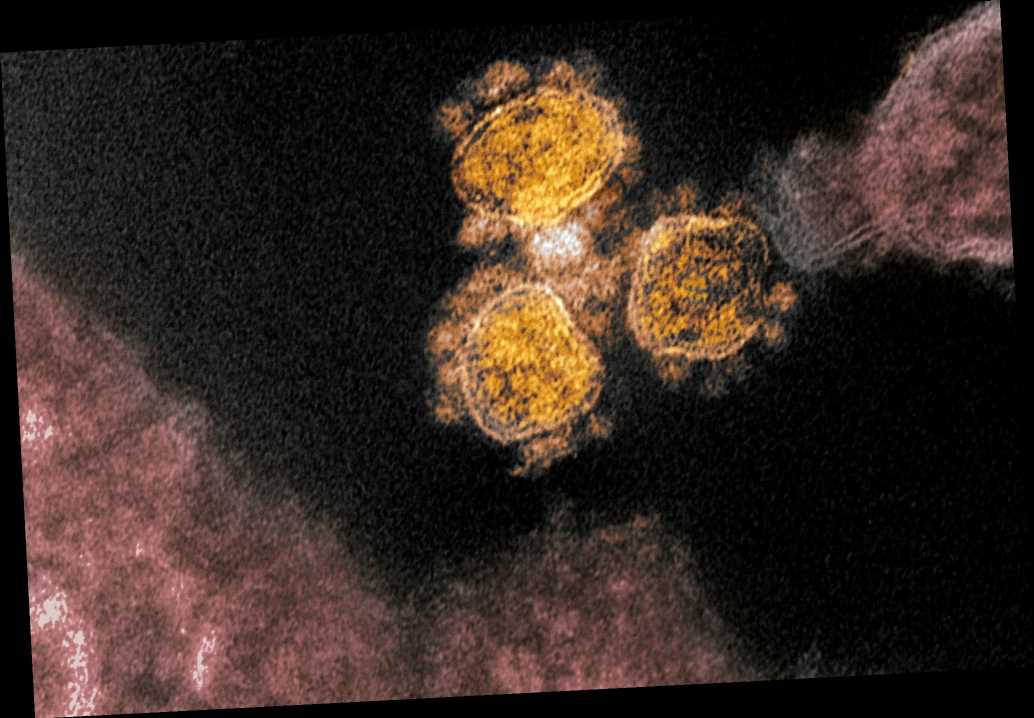Scientists have uncovered how the coronavirus binds with human respiratory cells and hijacks them.
The discovery by researchers at Westlake University in Hangzhou, China and the University of Texas at Austin is important because understanding how the virus enters cells can accelerate efforts to develop treatments — or even a vaccine to stem the pandemic.
To infect a human host, viruses must be able to gain entry into individual human cells. They use those cells’ machinery to produce copies of themselves, which then spill out and spread to new cells.
On Feb. 19 in the journal Science, the Texas scientists identified the tiny molecular key that gives the virus entry into the cell. This key is called a spike protein.
Research fellow Qiang Zhou and his team in Hangzhou then solved the rest of the puzzle by essentially finding how the spike protein works. The team published its findings in Science on March 4.
The Chinese scientists used a tool called cryo-electron microscopy, which uses deeply frozen samples and electron beams to capture images of the tiniest structures of biological molecules.
They found that the new virus, also known as COVID-19, has a binding pattern that is fairly similar to the coronavirus that caused the SARS outbreak in 2003. However, differences in amino acids that bind the viruses to receptor cells have been detected that could lead to the development of antiviral drugs that could potentially halt coronavirus in its tracks.
This discovery comes as a team of Canadian scientists has successfully isolated and replicated the coronavirus.
Researchers from the Sunnybrook Research Institute in Toronto, University of Toronto and McMaster University in Hamilton, Ontario, made the breakthrough in a lab using samples taken from two Canadian coronavirus patients.
“Now that we have isolated the SARS-CoV-2 virus [the agent responsible for COVID-19], we can share this with other researchers and continue this teamwork,” Dr. Arinjay Banerjee of McMaster University said in a statement.
At the same time, eight research institutes in China are working on approaches to inoculations in an effort to curb the pandemic.
Chinese officials say it could result in a vaccine ready for emergency situations and clinical trials as soon as next month. The US Centers for Disease Control and Prevention has estimated that a vaccine for public use is likely 12 to 18 months away.
Source: Read Full Article

